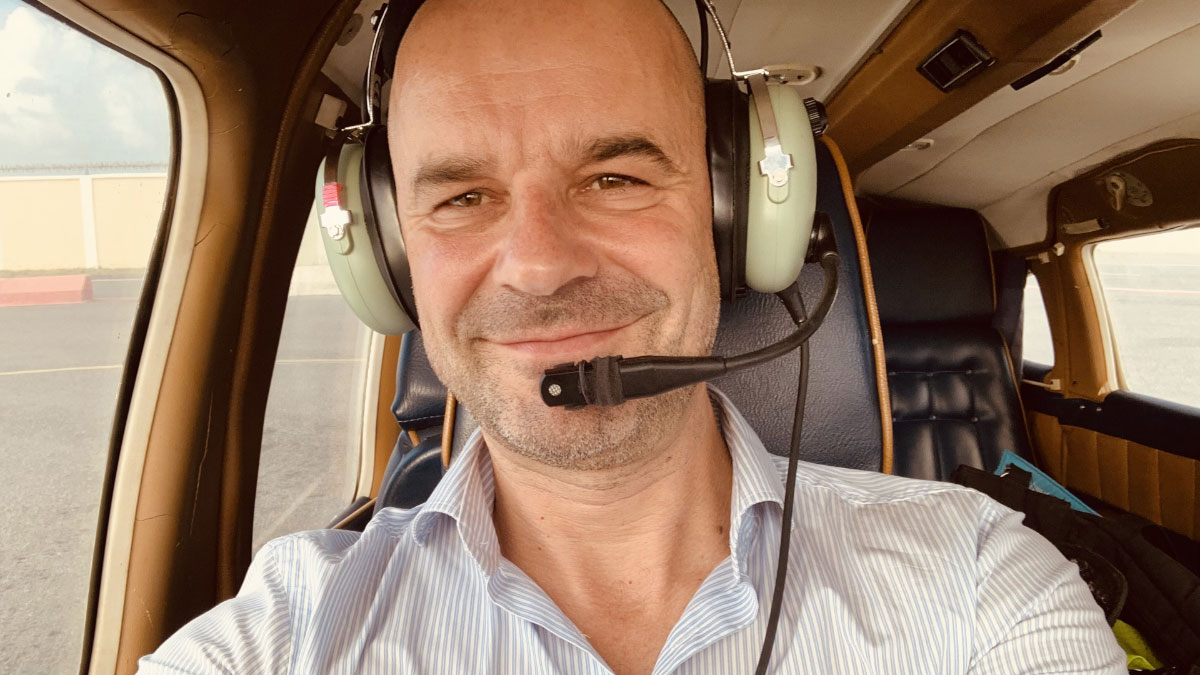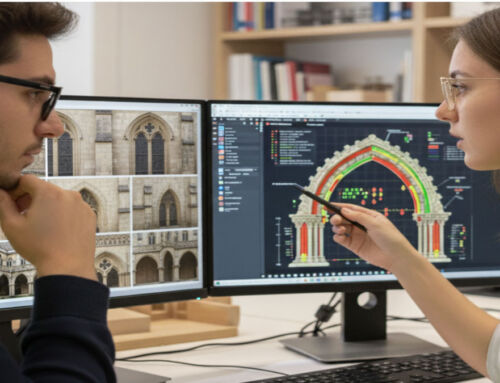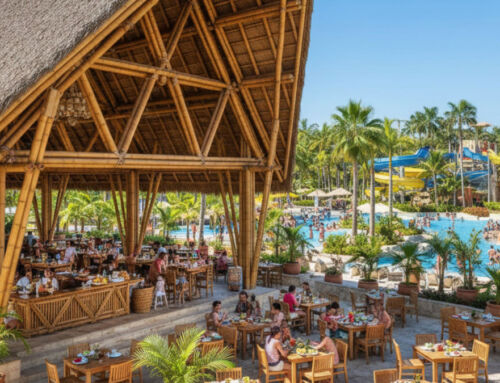We share with you our conversation with a professional who, like many, started his career from the bottom, as a dishwasher and DJ at Center Parcs. A chance fire opened the doors to project management for him, and from there, his curiosity and flexibility have led him to lead tourism developments in South Korea, India, China, and half the world. In this interview, Niels tells us firsthand what gap in the market prompted him to start his own firm and what he believes is the most recurring challenge when coordinating an international project. We hope you find it as inspiring as we did.
Amusement Logic: Your career began in Center Parcs operations: how did you get there and what has been the common thread defining your professional development?
Niels Berben: In the early days, on the weekends I was working during my studies as a dishwasher, bar employee and DJ, at one of the Center Parcs in the south of Holland. Due to this connection, I had the opportunity to perform one of my internships at the Projects & Maintenance department there. Later and during my graduation I was asked —a day after passing— to start my professional career at Center Parcs de Eemhof as a Facility Manager. 2 years later, the whole central facility building including the indoor subtropical pool of the resort burnt down. A kind of blessing in disguise, as this disaster at the same time opened the way for me to project management and development.
As project leader I became responsible for the rebuilding of all the restaurants, shops, front offices, entertainment outlets and pool. After this delivery, the way was open for different steps and roles within the corporate Center Parcs organization in the Netherlands, Belgium and Germany: from rebranding-projects of taken-over resorts, product-development, strategic rebuilding & renovation processes up to the start-up of green field developments of two new resorts in Germany.
Next to this, a flexible set up and always being curious and very willing to learn, of course in combination with the right people around and quite a bit of luck —the right moment in the right place— have been essentially the drivers which shaped my path to the utmost interesting global leisure and entertainment world.
A.L.: M2Leisure stems from the Center Parcs Europe development team. What was the main gap you identified in the market that the firm came to fill?
N.B.: The expansion strategy of Center Parcs became at that time less extensive. This in combination with long lead times for legislation and financing such projects. On the other hand outside Western Europe, the market for —family— resorts seemed to be emerging and ready for first developments. The team’s up to date product and business model knowledge of large-scale family-resorts —from development up to operations— together with specific cognization and experience in indoor waterparks and large scale project management, seemed to be a kind of missing-link still in the global Entertainment industry.
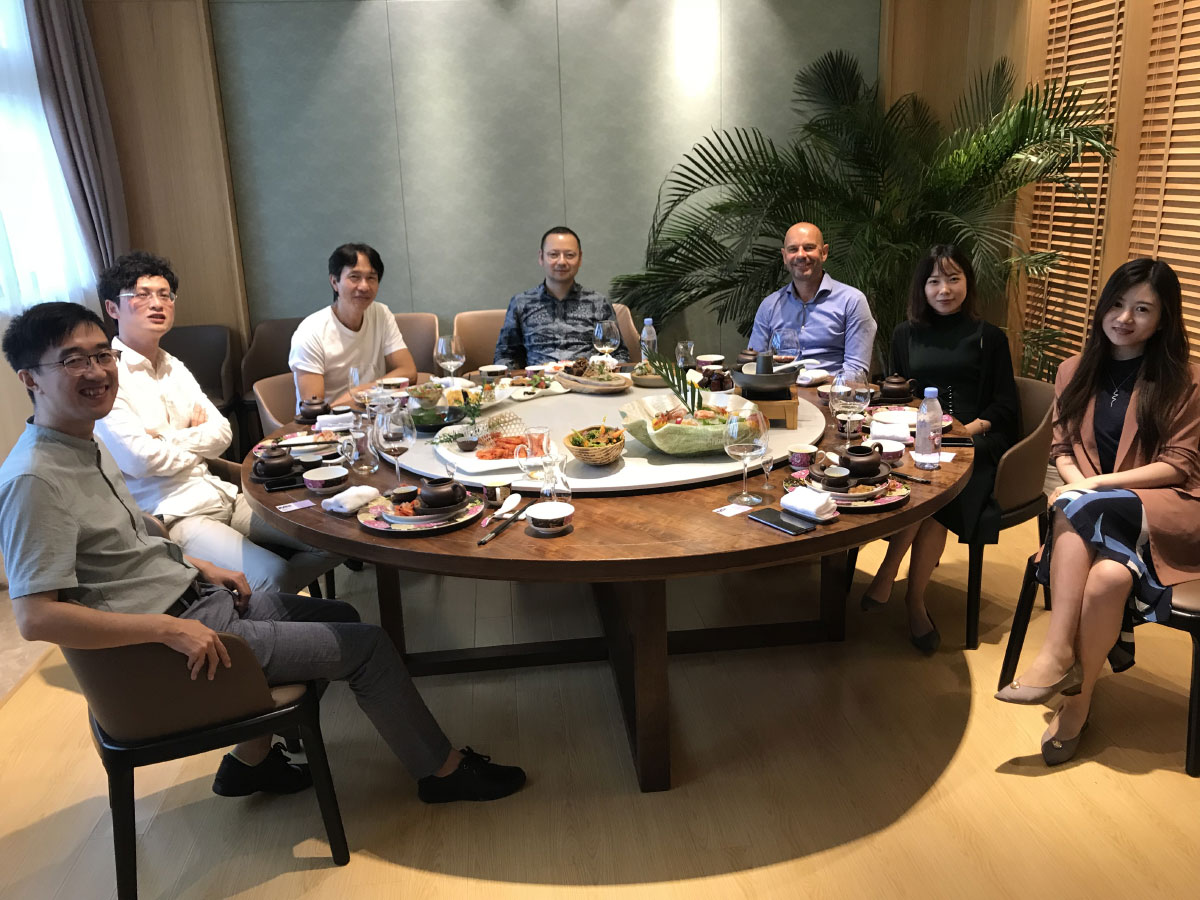
A.L.: With M2Leisure, you developed tourist destinations in South Korea. What was the client’s main strategic objective and what was the resort model?
N.B.: A large industrial company near Busan with a diversifying strategy was set up to invest in leisure developments, in line with the growing demand of domestic tourism. A combination of a real estate development on a natural site at this already-known tourism area. All the typical large-scale resort components like accommodation in nature, indoor and outdoor entertainment and activities aimed at year-through family short-breaks, perfectly suited the client and could foresee the Korean supply of spending leisure family time together.
A.L.: In India, you participated in the “creation of a chain of resorts.” What particular challenge does the Indian market present and how did you adapt the concept to make it viable and attractive locally?
N.B.: The density and hecticness in Mumbai —and all other Indian cities— and its rush, creates a natural urge for people to flee out of the hustle and bustle and spend time in a more tranquil place. Days off and vacation periods are limited in India, and at the same time holy festivals and short holidays are predominant, which could drive forward a typical short-break concept. But, as natural land close to larger cities is scarce and expensive, the applicable sites are relatively small.
Also, due to the scarcity of raw materials, it was important to focus fully on the local situation and use the characteristics of the given site, for example, the small river as base for a wide range of activities— and to use the local offer and supply of crops, vegetables, cattle in combination, by growing these themselves for food in the restaurants and as building materials. In addition, it was important to create facilities and a business model for the entire year, based on both overnight-guests and day-visitors, for leisure and business. At the end, this resulted in a very natural masterplan including strategic phasing of a more or less “eco-luxury” type of resort —chain.
A.L.: You were a consultant for the development of an indoor water park in China. At what stage of the project did you become involved, and what was your most critical recommendation to the client?
N.B.: As a lot of the Chinese projects for foreign consultancy firms end up at the front-end of a project, we started from scratch: the clients’ dream of an indoor waterpark in a remote area. We worked on the first phases of feasibility, concept and master planning. The client owned and operated a highly successful outdoor flower attraction in the middle of Shanghai. So, for the remote indoor and cost-intensive waterpark we had to first disenchant the client a bit and adapt the concept slowly to a more feasible concept by adding stay-over facilities —taking into consideration the long distance to the city— and to change parts of the waterpark into a kind of indoor jungle-dome experience with lots of non-water activities —at of course much lower cost.
A.L.: You have developed master plans in Romania, Bulgaria, Albania, and Kuwait, among many other places. What factors must be evaluated for the strategy of a leisure project in an emerging market, as opposed to one in Western Europe?
N.B.: I think there are two factors to consider within these markets: the wonderful opportunity to develop a project based on existing and visible benchmarks in Western Europe that are up to recent standards — and beyond — within an emerging market. This project would be based on decades of trial and error, but it would be developed much more quickly. On the other hand, we should consider local and cultural needs, as well as the current willingness to spend on leisure within the specific emerging country.
The alignment and adaptation of both factors is the most crucial step in developing the right, logical and feasible concept for that specific location and situation. For the Chinese market, for example, we worked on implementing a Center Parcs-type concept, while we began to plan the food and beverage offering accordingly. Normally five restaurant concepts would be sufficient, however in this case we ended up master planning more than triple the number of restaurants and seats.
A.L.: Beyond budgets and deadlines, what is the most recurring challenge you encounter when coordinating an international construction project and how do you solve it?
N.B.: The organizational aspects and communication are both key in order to deliver a successful project. Not only quality and craftsmanship, but also a great attitude from all project workers, leads only to the desired result. In order to let things run smoothly, communication is the oil on the wheels. In the end, almost all failures and with that, the mentioned budget and deadlines exceedances, arise from poor communication.
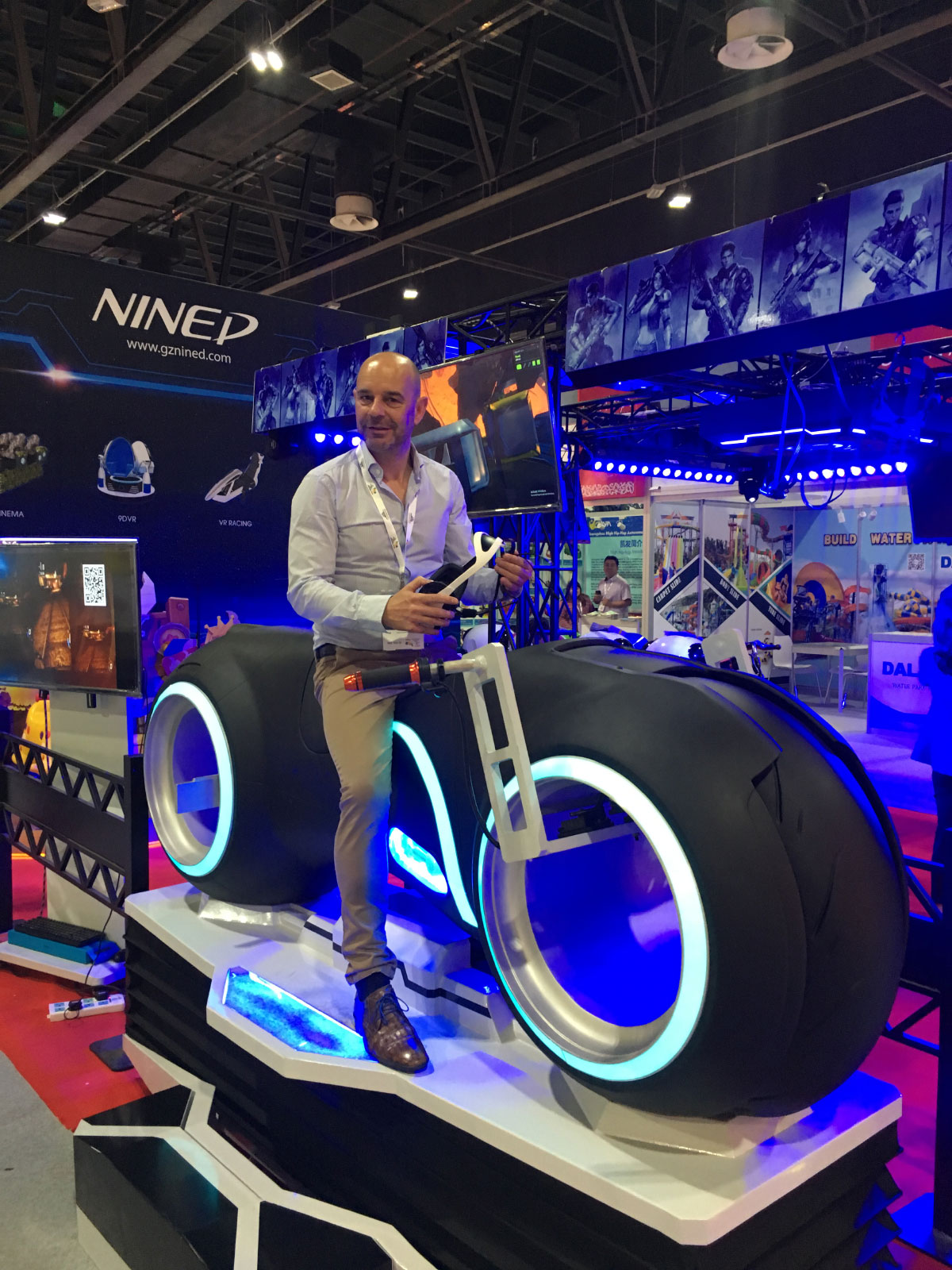
A.L.: Your work with large-scale projects involves constant feasibility studies. What metrics and indicators do you rely on, or, when data is limited or volatile, what aspects of experience do you rely on?
N.B.: A pragmatic and logical approach on local and regional level meet in the first instance. From understanding the site and its location, competition analyses, mapping demographics, a benchmark study in combination with trends, will give a logical direction towards a feasible concept. This together with data and operational knowledge from personal experience and without forgetting a large sense of gut-feeling, the realism is there. In case stakeholders want more detailed and in-depth analyses or even interview-panels for testing, we always can fall back on the well-known firms in the leisure industry.
A.L.: What innovative business models do you think the tourist destination sector is moving towards and why?
N.B.: There are of course more, but towards one model which follows trends like social-media marketing —the possibility to create a large reach and range for small players— and the quest for unique —and Instagrammable— places. Add up the urge for more climate-sensitive tourism and leisure, then small scale niche accommodations (boutique-like facilities), sustainable and off-grid on special locations —for example, built into the slopes of an abandoned sand quarry. Additionally, the environmental footprint of such small developments is relatively low and next to personalized attention, one can make optimal use of localities for their sources and limit travelling —regional markets.
A.L.: With a career spanning from operational management to advising governments and universities, what valuable principle in leisure project management would you pass on to the next generation of developers?
N.B.: Besides my independent consultancy work at among others the highly valued premium resorts Hof van Saksen and the development of Waterpark Veerse Meer (NL), I’m also busy at the moment with the set-up of a new collaboration (Resort Property Partners) together with Erik Heidema (Pro4ce), which foresees investors and developers in concept-, masterplan and feasibility studies for their resort- and waterpark developments with the focus on the emerging markets in Eastern & Central Europe and beyond. Also, in our sparring sessions we touched on this subject all the time. The next generation seems to be quite a shift of culture and demands. Not only on the developer side, but also from a guest and visitor perspective. The only way to follow and predict this movement, is to keep listening and open our own mindset and adapt ourselves and our traditional leisure ideas accordingly. And with that finally shape our opinions and future proof plans for new ways of spending short breaks, types of accommodation concepts and experience attractions aligned with new types of business plans- & models.


